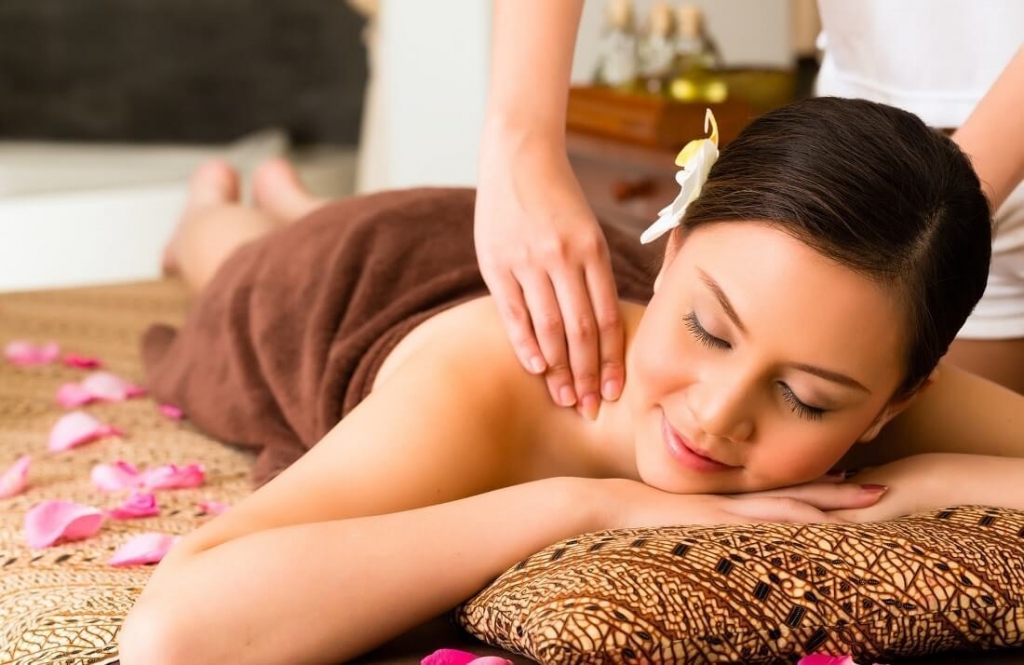Massage has been used in Chinese medicine for thousands of years, with records dating back to the 2nd century BCE.
Unlike Deep Tissue or Sports Massage, which try to relieve tight muscle knots by increasing blood flow to the region, Chinese Massage techniques aim to improve general health by improving the flow of energy, or “qi,” around the body.
What is Qi?
Qi (or ch’i) is a Chinese term that literally means “breath” or “air,” and it refers to the “life force” or “energy flow” that exists throughout all living things. From martial arts to calligraphy, it is a comprehensive worldview that pervades many aspects of Chinese culture.
Even if you aren’t a follower of Eastern philosophies, you may recognize this idea as a desire to attain peace and harmony in your everyday life. According to traditional Chinese medicine, the body has its own natural qi patterns that flow through channels known as meridians.
Many illnesses are thought to be caused by imbalances and blockages in these channels, as well as qi deficiencies in key organs. A range of therapies, such as nutrition, exercise, acupuncture, and massage, can be used to gently address imbalances.
Check Out Some Chinese Massage Techniques
Chinese massage may be divided into two categories.
- Tui Na (pronounced “twee na”) combines kneading, chopping, and stretching motions to treat tight areas and blockages in the body’s muscular system, comparable to Deep Tissue Massage.
- As in Acupressure, Reflexology, and Qigong, Zhi Ya (pronounced “zee yah”) uses pinching and pushing methods on the skin’s surface.
In all styles of traditional Chinese massage, the practitioner’s purpose is to restore balance and jumpstart the body’s natural healing process by releasing both physical and energetic strain.
What Are Some of the Possible Advantages of Chinese Massage?
The Chinese massage at our Aldershot clinic is a popular alternative therapy that is practiced all over the world. There are several advantages of incorporating Chinese massage into your daily routine.
1. Can Increase Energy
A Chinese massage practitioner can determine which vigorous or relaxing techniques to use to help you find inner peace, depending on whether you need to speed up (“yang” energy) or slow down (“yin” energy).
Chinese massage may also aid in improved sleep, allowing you to face the day with fresh vitality.
2. Speed Up Recovery of Soft Tissue Injuries
If you have pain or stiffness in your lower back, frozen shoulder, or sciatica, massaging soft tissue stimulates blood flow, which may result in stiffness alleviation and pain decrease.
3. Boost Your Circulation
Because the body’s main meridians also run alongside the circulatory system, qi has physiological linkages to good circulation. Perpendicular pressure and a rolling fist are two hand methods that promote and re-energize blood flow.
4. Break Down Scar Tissue
Massage treatment can help persons with tight joints and limited mobility due to previous accidents increase their range of motion and relieve pain.
5. Support Emotional Health
The healing touch massage, which is based on the principle of balance, maybe a very beneficial and invigorating therapy for individuals who are feeling down or stressed.
On a physical level, muscle release can help you relax and sleep better, but energy blockages can keep emotional strain in your body, which can lead to anxiety and sadness.
Who Would Chinese Massage Be Good For?
Reflexology and Energizing massages are only two of the therapies that incorporate Chinese massage methods.
Because this type of massage may be utilised in so many various ways, it’s critical to make sure you’re getting the proper massage therapy for your specific requirements, so always consult with your therapist.
When clearing obstructions, Chinese massage may include pressure or pinching, but it should never be so forceful that it becomes uncomfortable. You should feel invigorated and revitalised after your treatment, and you may notice that the advantages build up over time.


